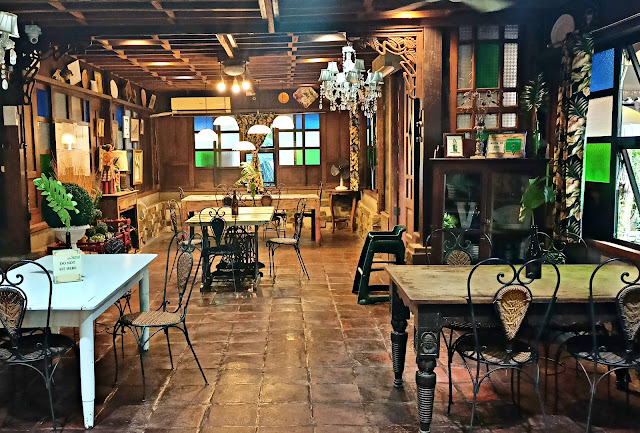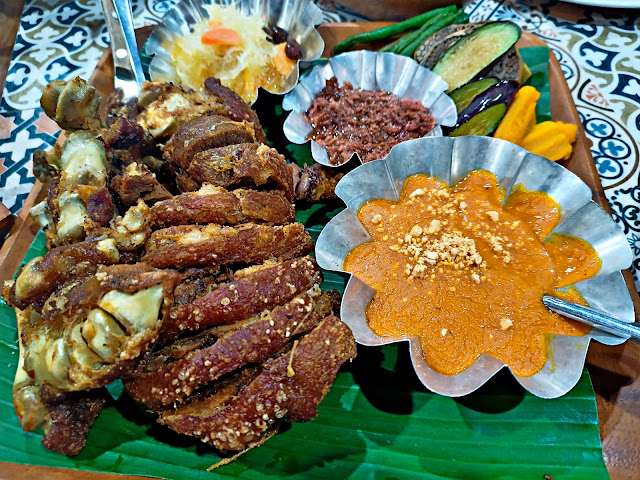“Naka hain na ang pagkain sa hapag kainan”. Most of us 80's kids will attest that these words are enough to get us running into the dining room from playing games on the street. "Hapag Kainan," is the Tagalog word for "dining table," which is probably the most significant fixture in a Filipino household. It is the place where family members come together to talk about the day's events while enjoying a delicious homecooked meal.
I never had a big family. Usually, it’s just me, my elder brother and my mom as my father was always out hustling for a living. Despite being incomplete most of the time, I had fond memories of those meal times together. Much so when we would visit my grandmother’s home in Bulacan where a long hapag kainan always be surrounded by myself and my cousins — enjoying my Auntie Carol’s delightful cooking.
Those were the good ole memories that cross my mind each time I hear the words Hapag Kainan. When one utters these words, they better be describing a dinner table from our childhood memories and not the smaller Ikea-inspired dining tables we’ve gotten used to when we start living independently. When I learned that we’re headed to a place called Hapag Vicentico’s in Cabanatuan for dinner, I instantly expected a throwback vibe.
A Once Abandoned House
Upon entering Hapag Vicentico’s, I was immediately drawn to its homey ambiance. Rustic and oozing with heritage feels. Even though it is way bigger than my late grandmother’s house in Bulacan, it still created a connection to my growing up years when we come to visit and dine together with cousins and other relatives.
Hapag Vicentico's gives off a certain vibe that lends itself to a place where friends and families can enjoy a fine meal - and because of the dishes they serve - the Novo Ecijano way.
Vicentico’s, which was named after the patriarch of the family that owns the restaurant, Engineer Jose Vicente Salazar Jr., was once an abandoned house. In light of its location in the bustling part of Cabanatuan City and just across Freedom Park, the Salazar family renovated it "bit by bit, piece by piece" so that it not only looked like a home, but also served as a place where diners could eat together as if they are in the comforts of their own hapag kainans.
Fashioned out from the traditional "bahay na bato" (stone house) prevalent in the 19th century, the restaurant provides charming and photogenic corners where the mostly old wooden furniture creates an antiquated atmosphere made more pleasing by the smell of local cuisines being served.
As I savor every spoonful of my macapuno-flavored Puno’s Ice Cream, a slideshow of images of bygone years flashed before my mind. The huge wooden table, the Capiz windows, the cold stone floors of my mother’s ancestral home in Bulacan (which has since been demolished and replaced now by commercial stores) came back to life as the chatters of other diners sounded like conversations from my childhood — of happier times when my Lola, Auntie Carol and other elderly relatives were still alive, and us brood of cousins were still kids all waiting to be called to gather around the hapag kainan.
The joy of eating at Hapag Vicentico's goes beyond delicious food. It’s also about reliving the the bliss of familial get together around a hapag kainan.





























